
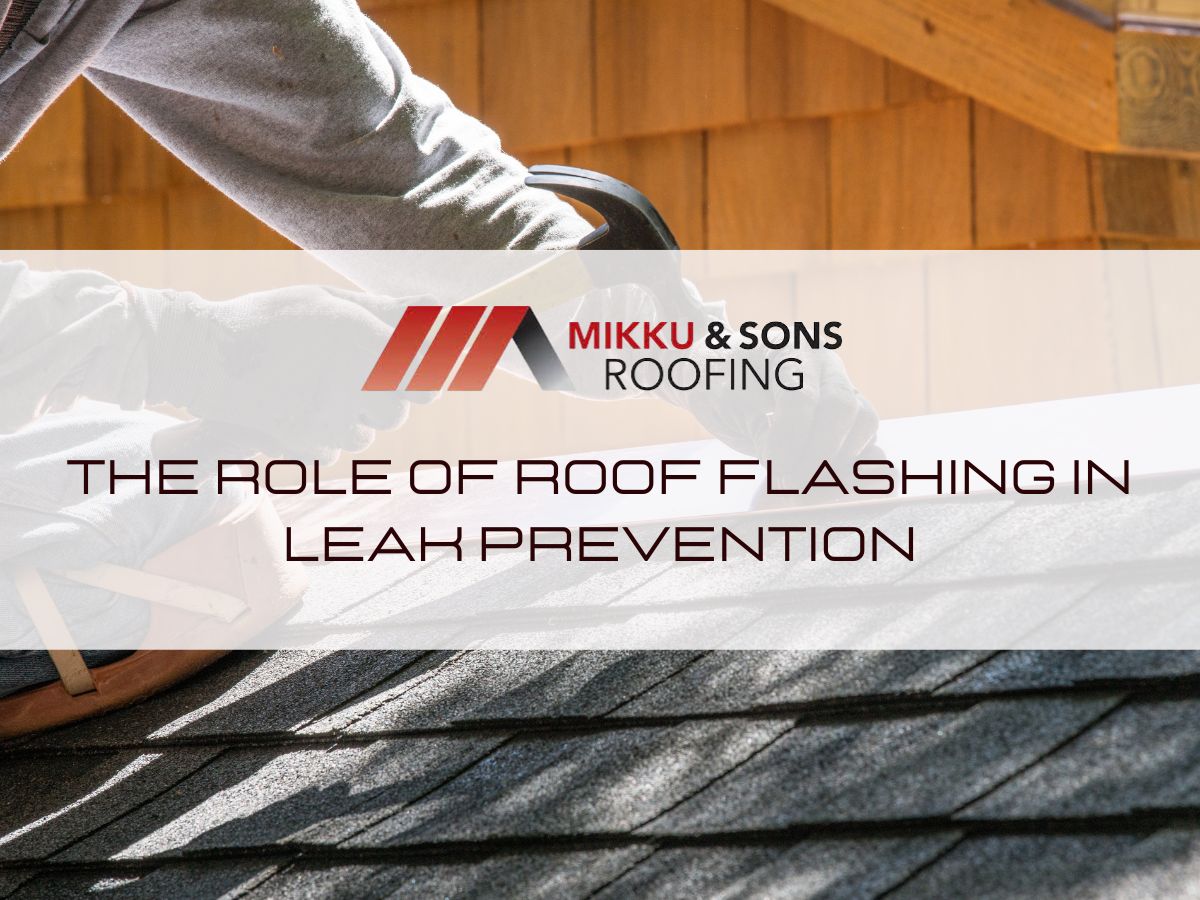
Roofing systems are the first line of defense against the elements, shielding buildings from rain, snow, and harsh weather conditions. While surface materials such as shingles or tiles are essential components, the often overlooked hero in leak prevention is roof flashing. Acting as a silent guardian, roof flashing serves as a secondary barrier, sealing vulnerable points where water infiltration poses a significant risk.
In this article, we delve into the critical role of roof flashing in leak prevention and maintaining the structural integrity of buildings. From understanding the types of flashing to its importance in long-term protection and energy efficiency, we explore how proper flashing installation can safeguard roofs against water damage and ensure longevity.
Through examining various types of flashing and their applications, we underscore the significance of meticulous installation techniques and the selection of quality materials. Grasping the fundamentals of roof flashing is paramount for preserving the integrity of roofing systems.
In the realm of roofing, where weather elements relentlessly challenge the integrity of buildings, roof flashing emerges as a silent guardian against leaks and water damage. Often overlooked but fundamentally crucial, roof flashing serves as a secondary defense system, strategically sealing vulnerable points where water infiltration poses a significant threat.
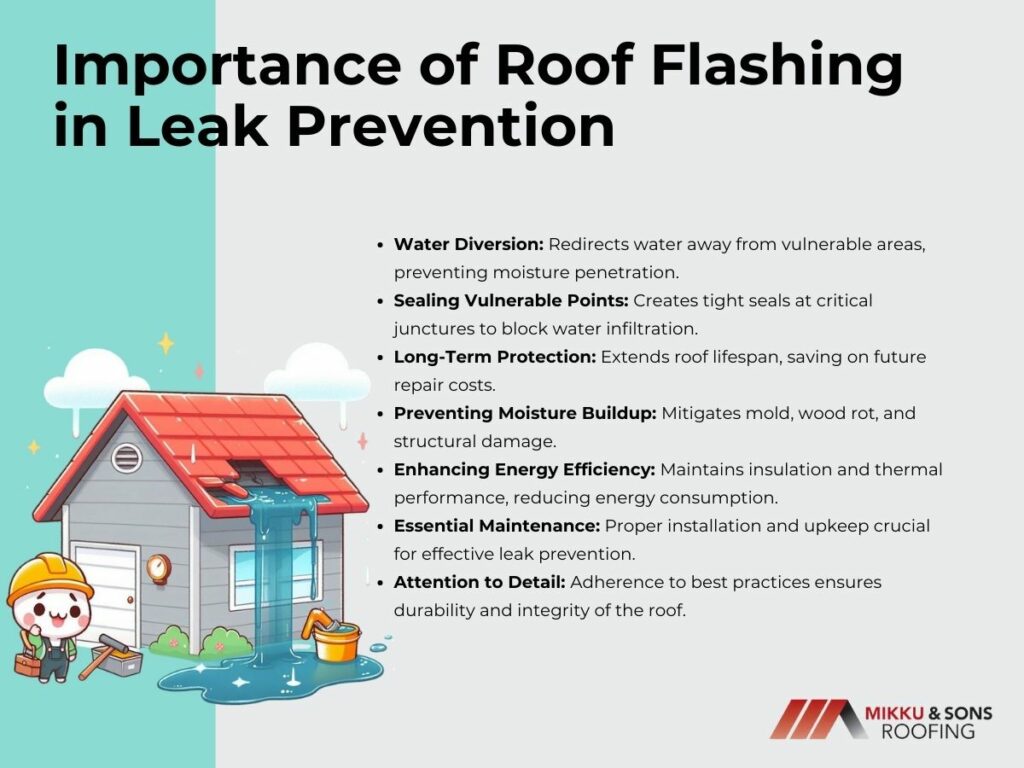
One of the primary functions of roof flashing is to divert water away from vulnerable areas where leaks are most likely to occur. By directing water toward the roof's drainage system, flashing helps prevent moisture penetration and potential water damage to the building's interior.
Roof flashing acts as a barrier against water infiltration at critical junctures, such as roof-wall intersections, chimneys, and vents. Properly installed flashing creates a tight seal that prevents water from seeping into the underlying structure, preserving the integrity of the roof and the building as a whole.
A well-designed and properly installed flashing system can significantly extend the lifespan of a roofing system by minimizing the risk of leaks and water damage. Investing in quality flashing materials and installation can ultimately save homeowners time and money on costly repairs down the line.
Moisture buildup in the roof can lead to mold growth, wood rot, and structural deterioration over time. Roof flashing helps mitigate the risk of moisture infiltration by channeling water away from vulnerable areas and promoting proper ventilation and drainage within the roofing system.
Leaks in the roof can compromise the insulation and thermal performance of a building, resulting in increased energy consumption and higher utility bills. By preventing leaks and maintaining the integrity of the roof envelope, flashing contributes to improved energy efficiency and indoor comfort.
Roof flashing plays a vital role in leak prevention and the overall performance of roofing systems. Proper installation and maintenance of flashing are essential to ensure long-term protection against water infiltration and structural damage.
Whether building a new roof or repairing an existing one, attention to detail and adherence to best practices in flashing installation are key to preserving the integrity and durability of the roof for years to come.
Roof flashing comes in various forms, each tailored to address specific vulnerabilities in a roofing system. Understanding the different types of flashing and their applications is essential for ensuring comprehensive leak prevention and long-term structural integrity.
Below are some common types of roof flashing:
Step flashing is utilized at roof-wall intersections, such as where a sloped roof meets a vertical wall. It consists of individual pieces of metal, typically aluminum or galvanized steel, arranged in a stepped pattern. Each piece of flashing is installed beneath the overlapping shingles or siding, creating a tight seal that prevents water from penetrating the joint.
Chimneys are notorious sources of roof leaks due to their protrusion through the roof surface. Chimney flashing is specifically designed to create a waterproof barrier around the base of the chimney and along its sides. This type of flashing typically involves layers of metal, such as aluminum or copper, that are custom-fitted and sealed to the chimney and roof surface to prevent water infiltration.
Valleys, where two roof slopes meet, are susceptible to water accumulation and are prone to leaks if not adequately protected. Valley flashing is installed along these areas to channel water away from the joint and prevent it from infiltrating the roofing material. Valley flashing can be made of metal, such as galvanized steel or copper, and is typically installed beneath the roofing material to direct water toward the roof's edge.

Plumbing vents and exhaust vents protruding through the roof require specialized flashing to maintain a watertight seal. Vent pipe flashing typically consists of a rubber boot that fits snugly around the vent pipe, with a metal base that is secured to the roof surface. This type of flashing prevents water from entering around the vent pipe while allowing for the movement of the pipe due to thermal expansion and contraction.
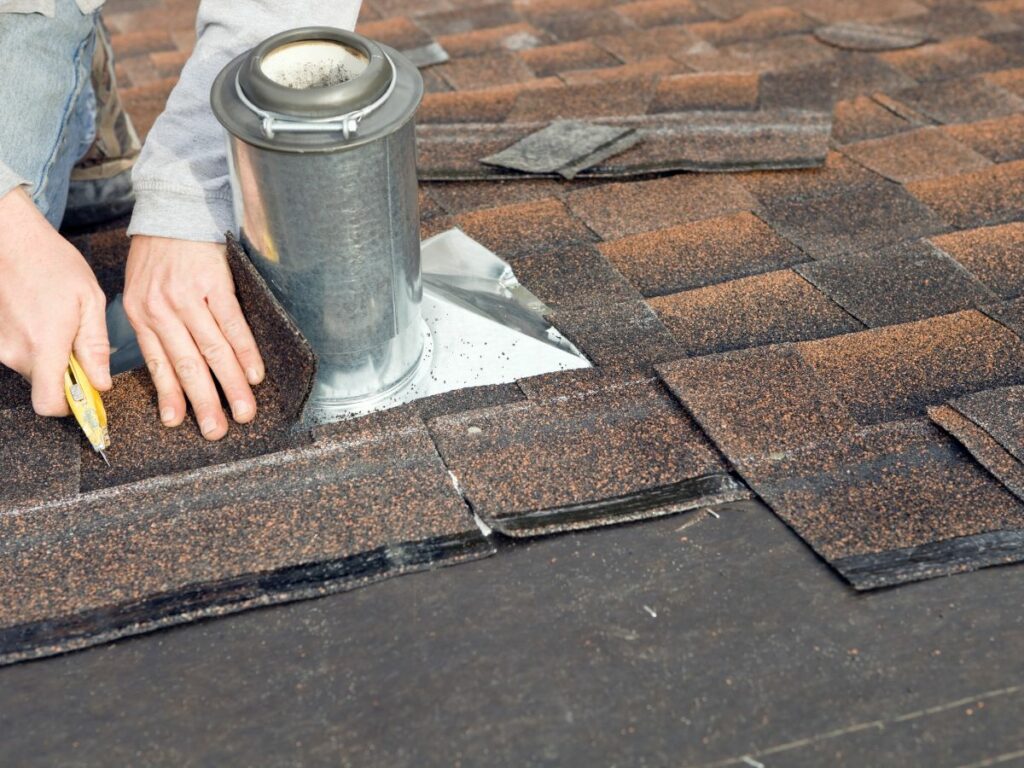
Drip edge flashing is installed along the edges of the roof to direct water away from the fascia and prevent it from seeping into the roof deck. It typically consists of a metal strip with a bent edge that extends slightly over the roof's edge, guiding water into the gutters or off the roof surface. Drip edge flashing helps protect the underlying roof structure from water damage and prolongs the lifespan of the roofing material.
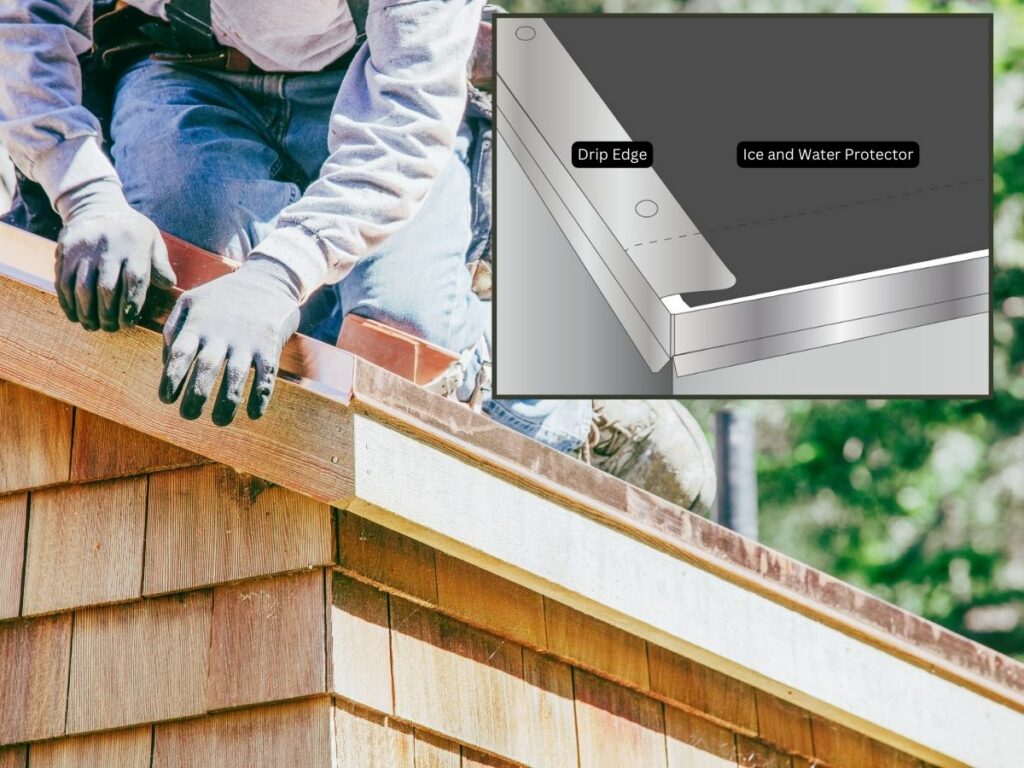
Skylights pose a risk of water infiltration if not properly flashed. Skylight flashing is specifically designed to create a watertight seal around the perimeter of the skylight opening. It typically consists of a combination of metal flashing and specialized sealants that are installed to prevent water from entering the skylight frame.
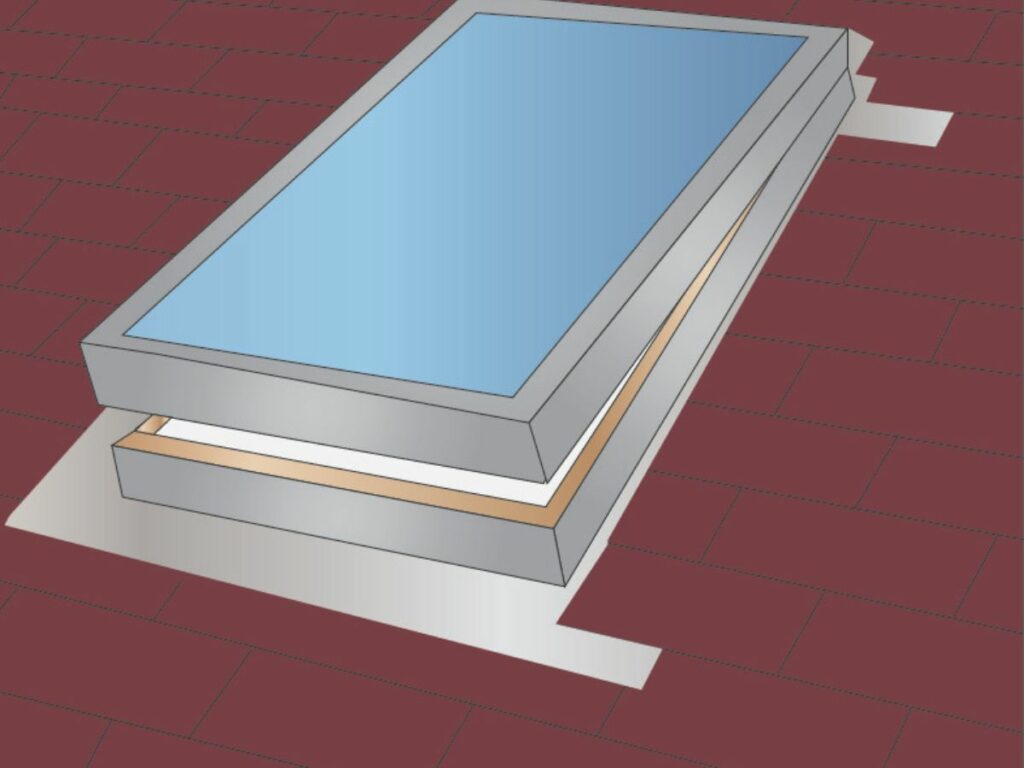
Each type of roof flashing serves a unique purpose in protecting vulnerable areas of a roofing system from water infiltration and leaks. By understanding the different types of flashing and their applications, homeowners and contractors can ensure comprehensive leak prevention and long-term structural integrity for their roofs.
Proper flashing installation and maintenance are essential for maximizing its effectiveness and prolonging the lifespan of the roofing system.
Extending the life of roof flashing is essential for maintaining a watertight roofing system and preventing leaks. Here are some tips to help prolong the lifespan of roof flashing:
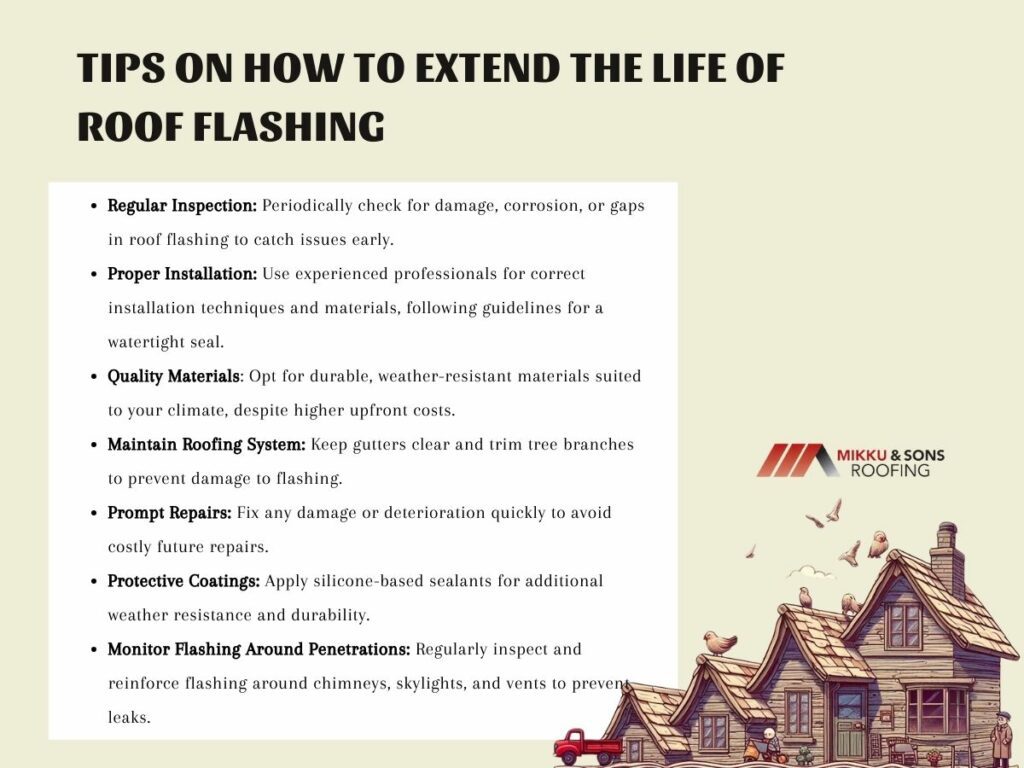
Conduct periodic inspections of the roof flashing to check for signs of damage, corrosion, or deterioration. Look for gaps, cracks, or areas where the flashing has pulled away from the surface. Early detection of issues allows for timely repairs, preventing water infiltration and extending the lifespan of the flashing.
Ensure that experienced professionals use appropriate techniques and materials to install roof flashing correctly. Proper flashing installation involves securely attaching the flashing to the roof surface, applying sealants as needed, and overlapping flashing pieces to create a watertight barrier. Following manufacturer guidelines and industry best practices during installation helps maximize the effectiveness and durability of the flashing.
Invest in high-quality flashing materials that are designed to withstand weather exposure and resist corrosion. Choose flashing materials that are compatible with the roofing material and climate conditions of your area. Quality flashing materials may cost more upfront but can offer greater durability and longevity, ultimately saving money on repairs and replacements in the long run.
Proper maintenance of the entire roofing system, including shingles, underlayment, and gutters, can help prevent damage to the flashing. Keep gutters and downspouts clear of debris to ensure proper drainage and minimize the risk of water backup that could damage flashing. Trim overhanging tree branches to prevent them from rubbing against the roof and causing damage to the flashing.
If you notice any signs of damage or deterioration in the roof flashing, such as rust spots, cracks, or loose sections, address repairs promptly. Ignoring minor issues can lead to more extensive damage and costly repairs down the line. Hire a qualified roofing contractor to assess the condition of the flashing and perform necessary repairs using quality materials and techniques.
Consider applying protective coatings or sealants to the roof flashing to enhance its durability and resistance to weathering. Silicone-based sealants can help create a waterproof barrier and improve the longevity of the flashing. Consult with a roofing professional to determine the most suitable coating or sealant for your specific flashing material and environmental conditions.
Pay special attention to roof flashing around penetrations such as chimneys, skylights, vents, and pipes, as these areas are particularly vulnerable to leaks. Inspect the flashing regularly and ensure that it remains properly sealed and intact. Consider installing additional flashing or flashing boots as needed to reinforce vulnerable areas and prevent water infiltration.
By following these tips and taking proactive measures to maintain and protect roof flashing, you can help extend its lifespan and ensure the long-term integrity of your roofing system. Regular inspections, proper installation, quality materials, and timely repairs are key to maximizing the effectiveness and durability of roof flashing, ultimately saving you time and money on costly repairs and replacements.
In summary, roof flashing serves as a silent but essential guardian, protecting our homes and buildings from the relentless assault of rain, snow, and harsh weather conditions. Its role in preventing leaks and preserving the structural integrity of roofing systems is paramount yet often overlooked.
Through regular inspections and proactive maintenance, we can ensure that roof flashing remains effective. Proper installation techniques, coupled with the use of high-quality materials, further bolster the flashing's resilience against the elements.
By recognizing the significance of roof flashing and investing in its care, we safeguard our properties and ensure the longevity and durability of our roofing systems. In doing so, we uphold the integrity of the structures we inhabit, providing a safe and secure environment for ourselves and future generations to come.
